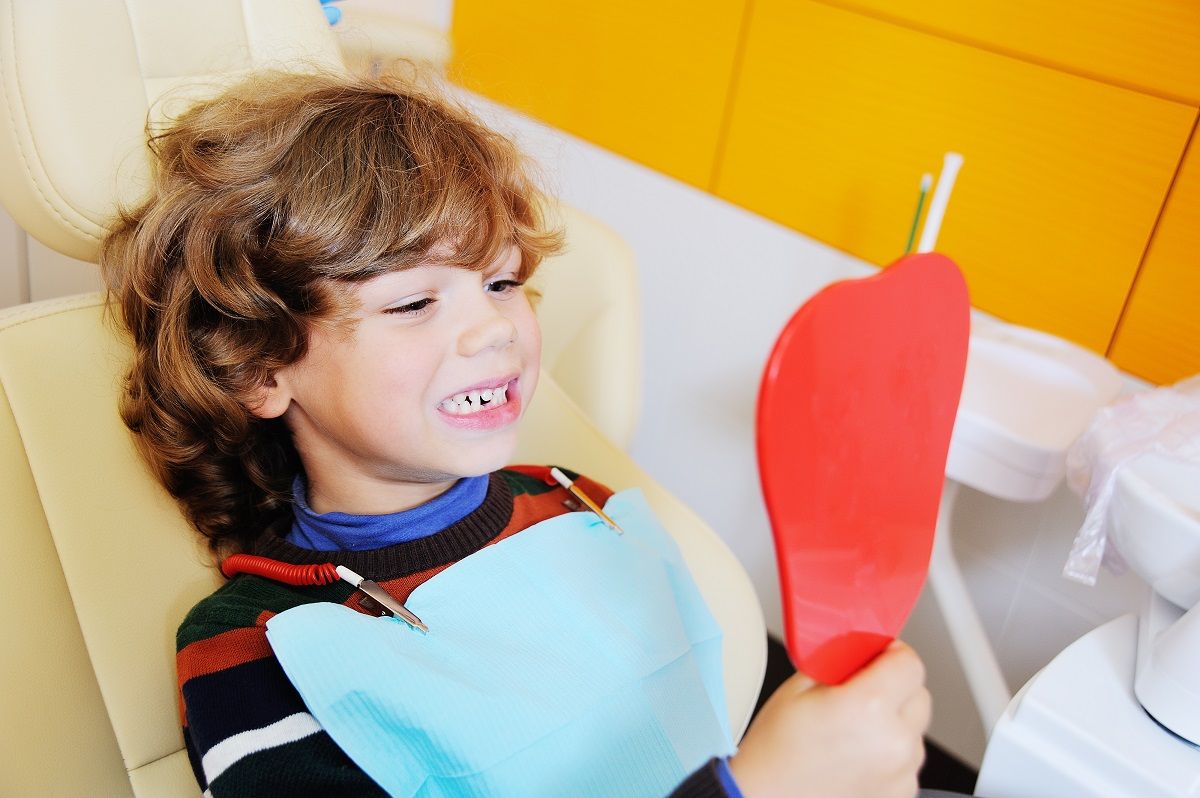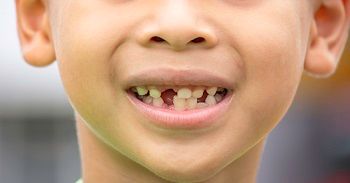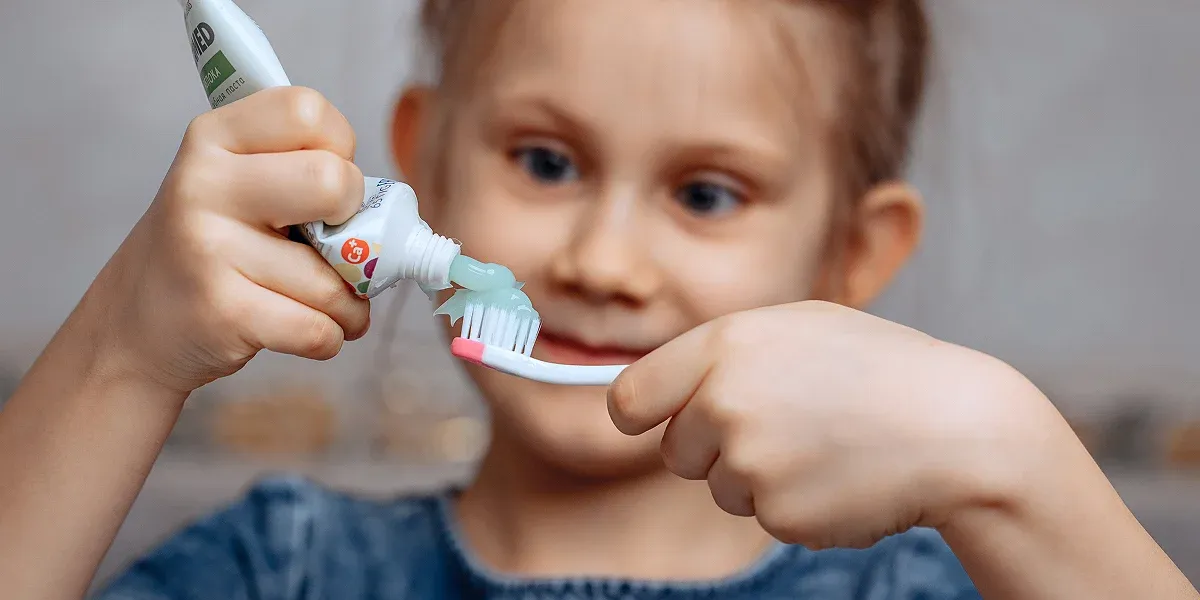
When Does Your Child Need an Oral Space Maintainer?
Only some children need an oral space maintainer. But, sometimes, a child's baby tooth is lost too early. It could be due to extreme decay, dental trauma, an extraction, or otherwise. What could be done, and why are we worried about the missing baby tooth?
Baby teeth, indeed, must be lost sooner or later. If baby teeth are lost prematurely, a gap could shift teeth. Also, they are replaced by permanent teeth, so why bother with premature baby tooth loss? Consulting a pediatric dentist can help provide immediate dental care to your child.
Wearing a space maintainer prevents the surrounding teeth from moving. Otherwise, the space created by a missing baby tooth can erupt the growth of a permanent tooth or cause other dental problems. Then, why not consider a space maintainer to protect your child's dental health? Find out more about an oral space maintainer and see if your child needs it.
"Behind every smile, there are teeth; Care for your child's smile and let him smile confidently."
What is an Oral Space Maintainer, and How Does It Work?
A space maintainer is an oral appliance that helps to maintain the space left behind because of a missing baby tooth. It is generally made of metal or acrylic and can work in a fixed or removable fashion. The fixed oral space maintainer is cemented in the mouth, whereas the removable device works like an orthodontic appliance.
Once the permanent tooth erupts in place of a lost baby tooth, the dentist removes the space maintainer after serving its purpose. It may even have an artificial tooth and helps to prevent adjacent teeth from shifting. There are four oral space maintainers; the pediatric dentist will recommend these per your child's needs. These are:
- The unilateral space maintainer: The unilateral space maintainer is fitted into one side of the mouth and wraps around an existing tooth.
- The crown and loop space maintainer: This type is similar to the unilateral space maintainer. However, it uses a dental crown over an existing tooth rather than wrapping around it.
- The lingual space maintainer: When multiple missing baby teeth are missing, the lingual space maintainer is used. These space maintainers are cemented inside the molars and connected to the lower front teeth. A metal wire is used for the connection.
- The distal shoe space maintainer: This space maintainer is designed to be used on the first permanent molar. It is inserted into the child's gum line to ensure the permanent tooth usually erupts.
Oral space maintainers work by ensuring there is appropriate space for the adult teeth to grow in. They prevent teeth from shifting and fill the gap a missing baby tooth creates. They are used until permanent teeth help maintain children's oral health.

Space Maintainer: Function and Benefits
Usually, when a child loses his baby tooth, the permanent tooth replaces it and shortly comes afterward. However, your child might lose some of his baby teeth too soon. When this happens, the dentist probably recommends an oral space maintainer.
Oral space maintainers are becoming quite popular in pediatric dentistry. It helps to avoid adverse problems of premature baby tooth loss, such as overcrowding or impacted teeth. The primary function of a space maintainer is to maintain the space created by the missing baby tooth. Doing so helps prevent the adjacent teeth from moving into the open space.
There are multiple benefits of wearing a space maintainer. Some of these are listed below.
- An oral space maintainer keeps the adjacent teeth in the correct position.
- It encourages the proper eruption of permanent teeth and helps to preserve your child's mouth.
- Wearing a space maintainer reduces the need for orthodontic treatment and could save you thousands of dollars.
- A space maintainer doesn't cause pain and is perfectly fine to be placed in your child's mouth.
- It helps prevent future oral health diseases and is super easy to clean.
Reasons Your Child May Need a Space Maintainer
You might be wondering whether your child needs a space maintainer. To resolve your query, here is a brief guide for you to reflect on and visit your child's dentist early.
- Premature Tooth Loss
Usually, a space maintainer is recommended when the child loses his baby tooth too soon. Doing so will create a space that might result in adjacent teeth shifting. When this happens, the child's permanent tooth, replacing the missing tooth, will grow crooked. It can also bring further dental complications, and your child might require orthodontic treatment.
Wearing a space maintainer will keep a reserved space for your child's upcoming permanent tooth. Also, it will keep the adjacent teeth in a proper position.
- Accidental Tooth Loss
Children are fond of actively playing with their friends. In doing so, sometimes accidents can also happen. Your child might lose his baby tooth due to a sports injury. When this happens, your child needs an oral space maintainer. This gap created by the missing tooth could allow the surrounding teeth to shift. However, if your child wears a space maintainer, it will prevent teeth from going and crowding into the empty place. It will also ensure that your child's adult teeth come in correctly.

- Possibility of Decay or Further Cavities
Sometimes, your child's baby tooth has to be extracted due to extreme decay. If left untreated, this decayed tooth can cause further problems. When your child's tooth is removed, a gap can interfere with his permanent tooth growth. A space maintainer is best to consider in such a case. Visit your child's dentist to prepare in advance.
- Over-retained Baby Teeth
Some children experience over-retained baby teeth that interfere with their oral health. Having over-retained baby teeth is a condition in which the baby teeth loosen but tighten back into the gums. This condition affects the growth of permanent teeth and keeps them from erupting properly. Sometimes, the baby's teeth remain while your child grows as an adult. Because the adult teeth couldn't erupt into their correct spaces, teeth overcrowding results. Here, the role of an oral space maintainer is crucial, which helps prevent overcrowding and teeth from shifting.
The pediatric dentist will extract one or more teeth if your child has over-retained baby teeth. These tooth extractions will offer numerous benefits to your child's oral health. It will help normal tooth eruption and keep the adjacent teeth in their proper place. After one or more teeth have been extracted, the dentist employs an oral space maintainer.
How to Care for an Oral Space Maintainer?
Proper care for an oral space maintainer is crucial to get the best results. You should discuss oral hygiene practices with your child and encourage him to adopt them well. Maintaining proper hygiene will prevent numerous problems down the road. Some of the caring tips for an oral space maintainer include:
- Following the dentist's instructions seriously.
- Visiting the dentist regularly.
- Practicing proper oral hygiene.
Conclusion
Addressing early tooth loss is essential for your child's oral health functioning. Visit the pediatric dentist at your earliest to preserve your child's oral health. Wearing an oral space maintainer is best considered to eliminate misaligned teeth.
*This media/content or any other on this website does not prescribe, recommend, or prevent any treatment or procedure. Therefore, we highly recommend that you get the advice of a qualified dentist or other medical practitioners regarding your specific dental condition*
Subscribe To Our Newsletter
Get Updates And Learn From The Best


